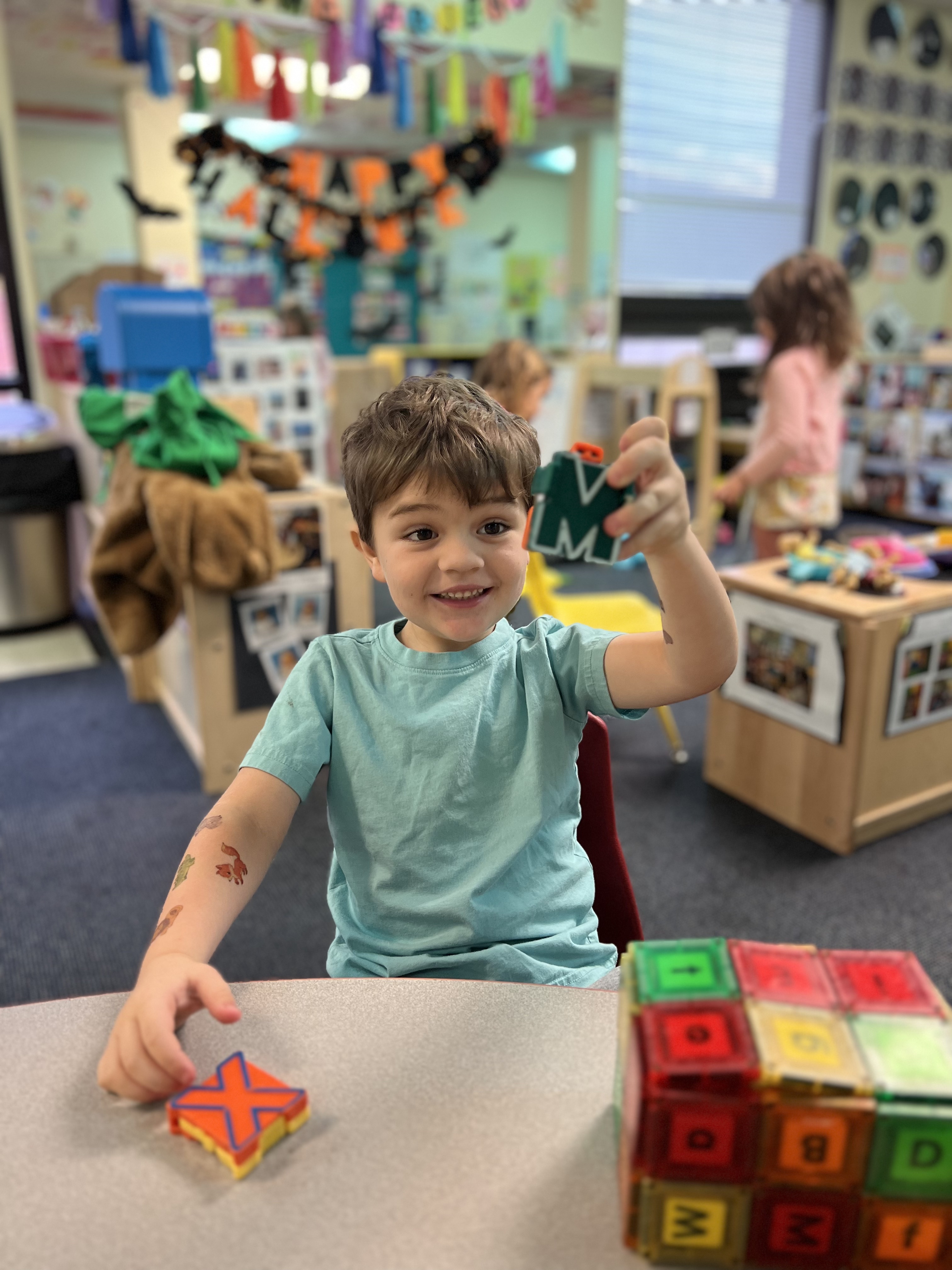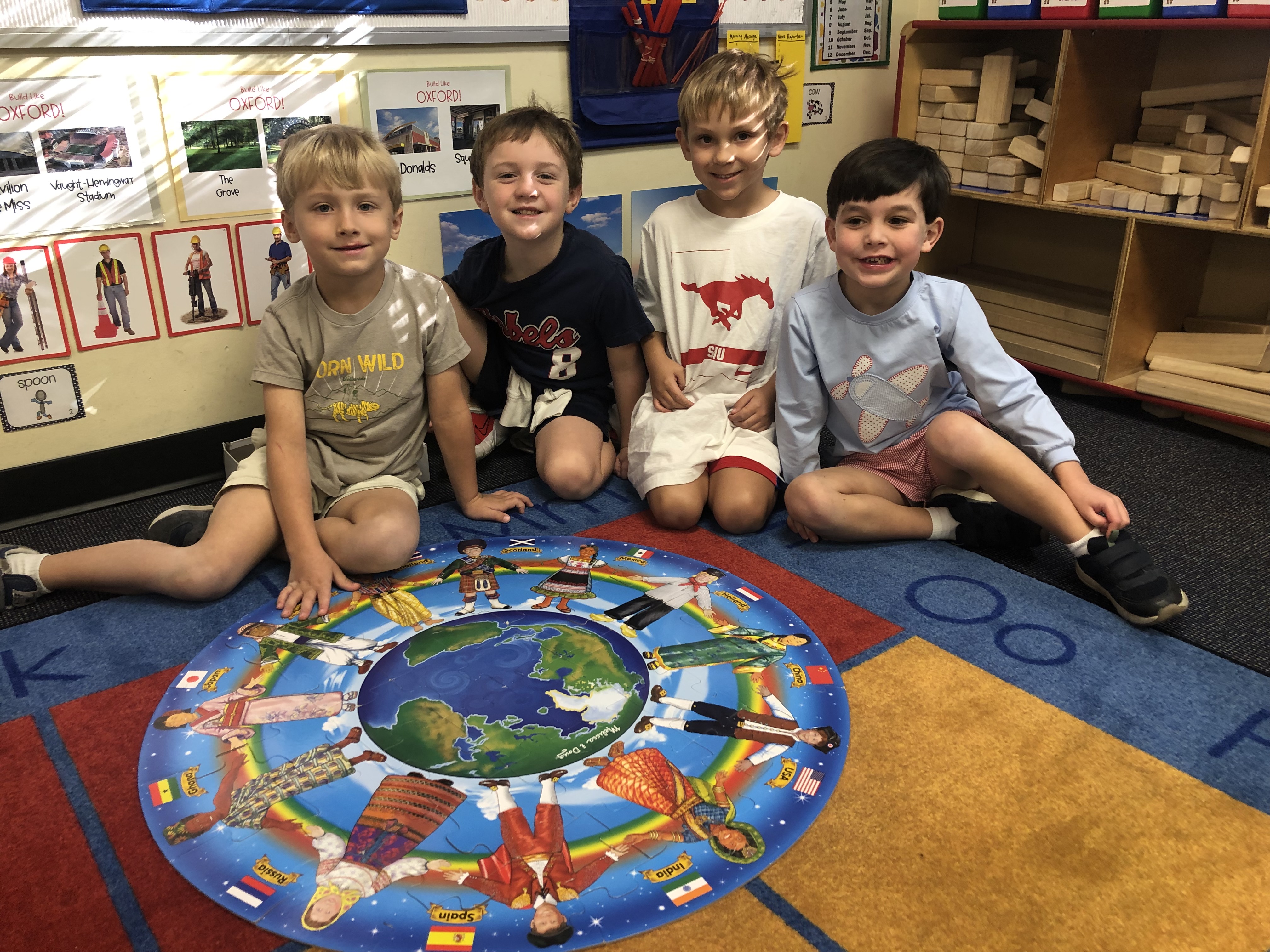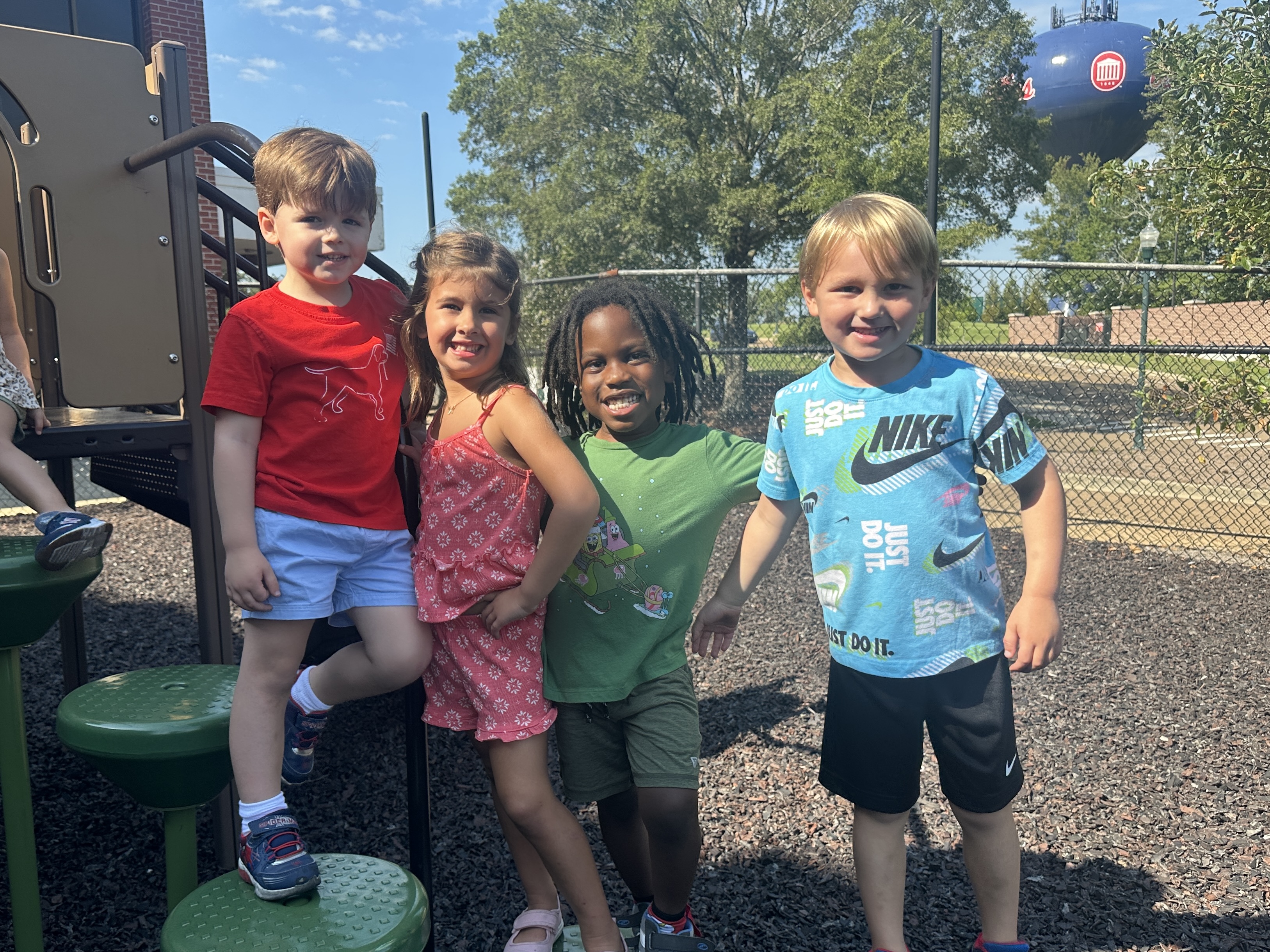Willie Price Lab School
At Willie Price Lab School, we cultivate a dynamic learning environment where we foster curiosity, encourage creativity, and instill a lifelong love for learning. Through a personalized approach and a play-based curriculum, we are dedicated to nurturing each child's unique potential, creating a vibrant community that inspires exploration and sets the foundation for a bright future

Application for Admission
We Are Willie Price


Growing and Learning through Play
5K friends work together to complete a puzzle and celebrate their ABC parade on the steps of Guyton Hall. Play-based learning at Willie Price fosters holistic development, enhances executive function and self-regulation skills, promotes curiosity, exploration, and creativity, strengthens social connections, boosts academic skills, and encourages guided play. It’s a crucial approach for comprehensive child development.


Playground Pals
Friends enjoy a pretty day on the playground. This outdoor time helps promote physical health, encourages scientific exploration, enhances social interaction, strengthens connection to nature, and ensures safety. It’s a vital part of a child’s development and always a fun time for our students.
Willie Price Lab School has been educating children for more than 43 years. The School is located on the campus of The University of Mississippi. It is operated by the School of Education and is licensed by the Mississippi Department of Health.
WPLS provides practical experiences for students enrolled in child development and related courses taught through the University as well as an on-site location for faculty and student research. The school is open to preschool children from the University and the surrounding community.
-
-
ProCare at Willie Price
The power to actively participate in your child's day
Your questions, answered
